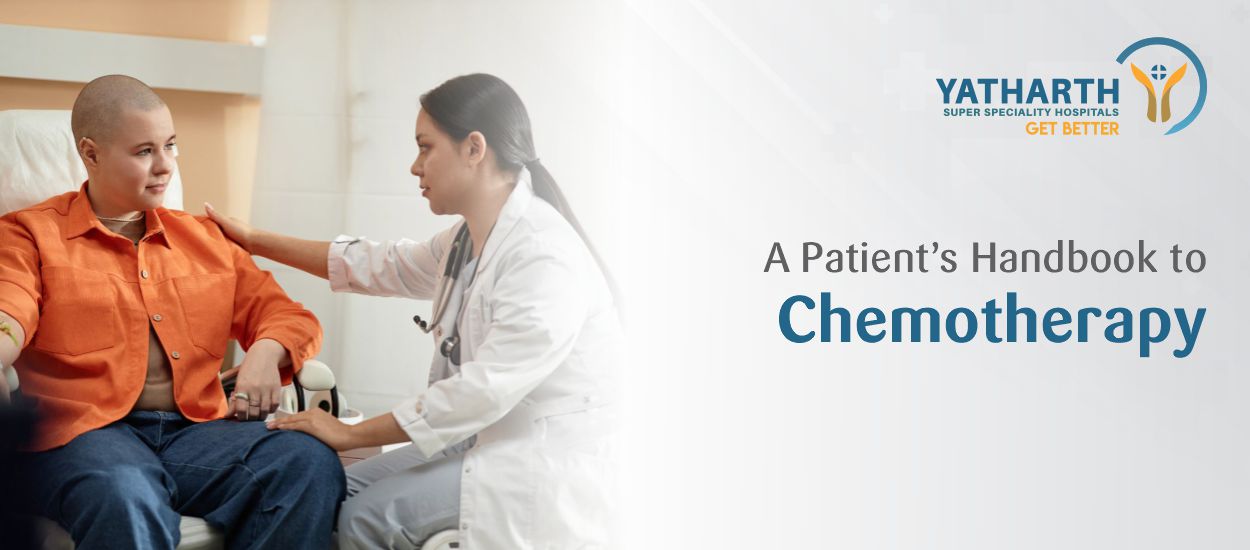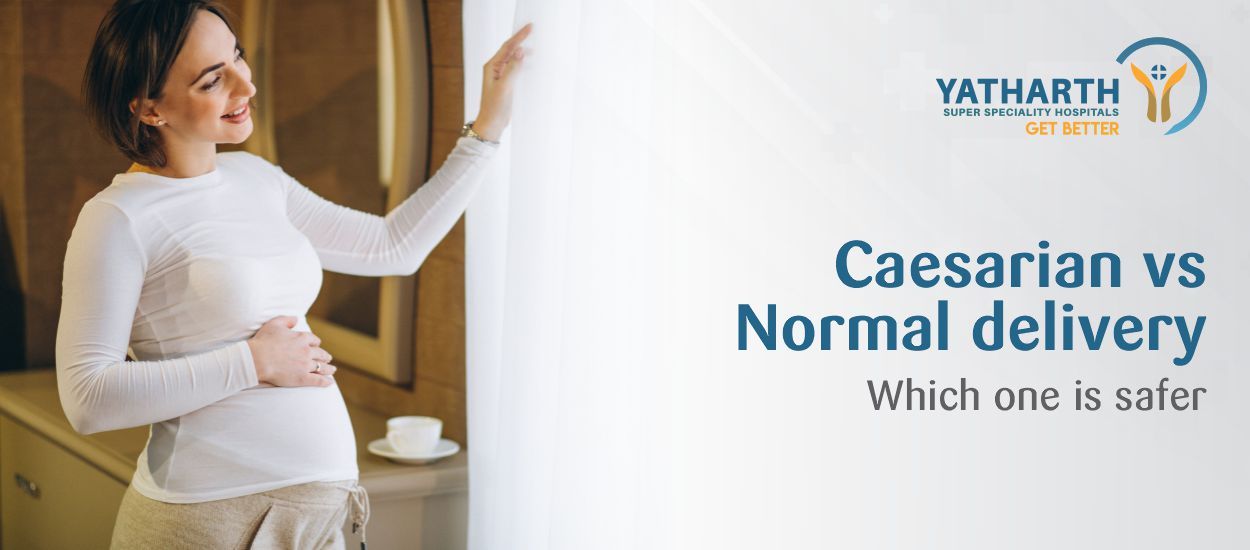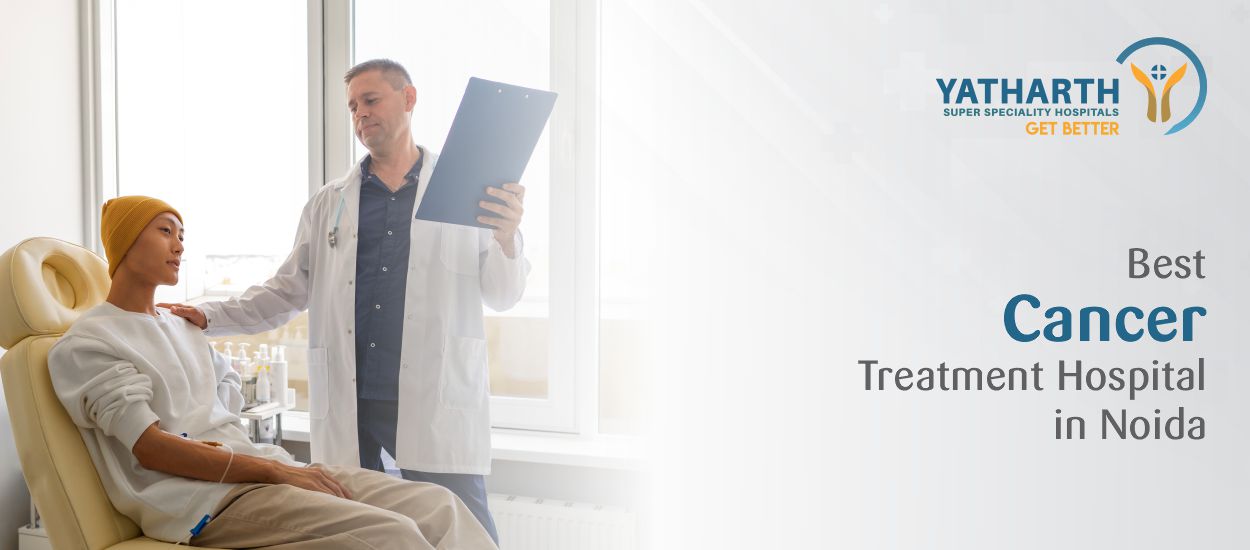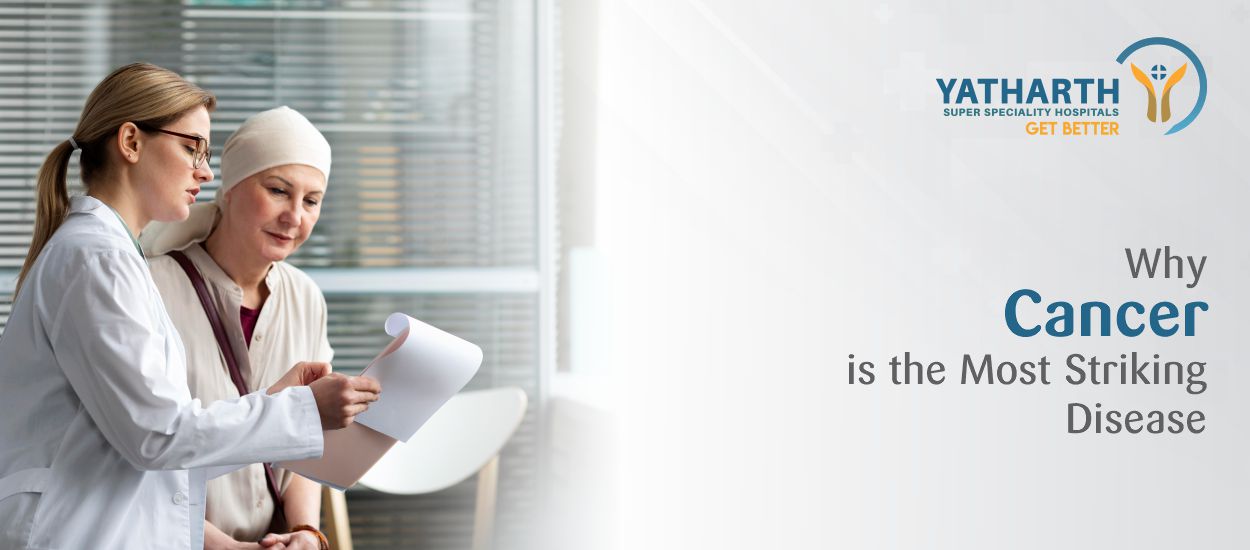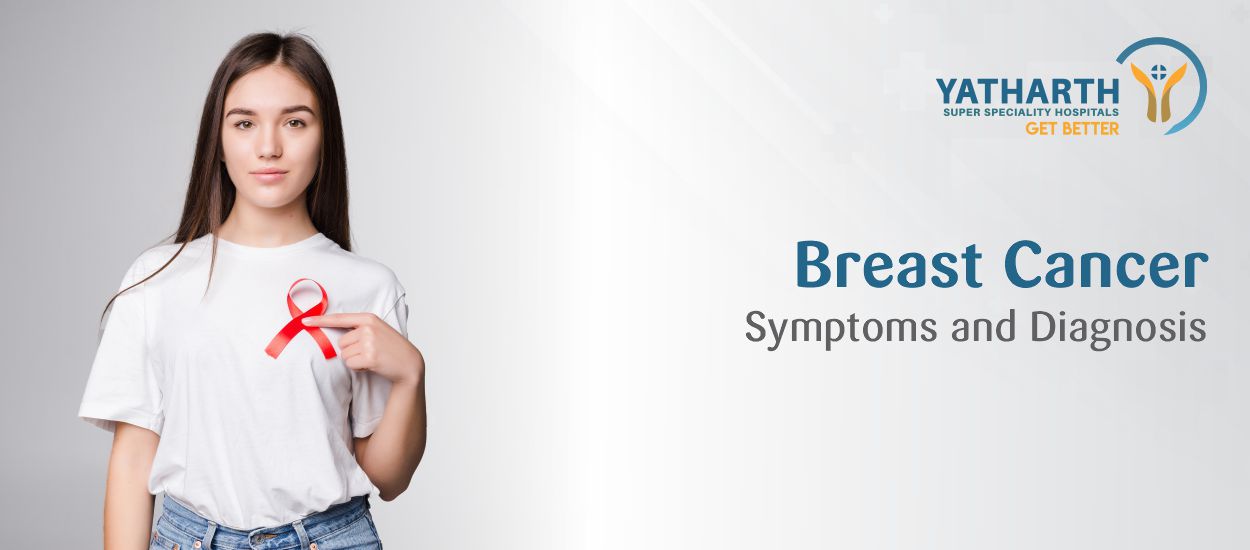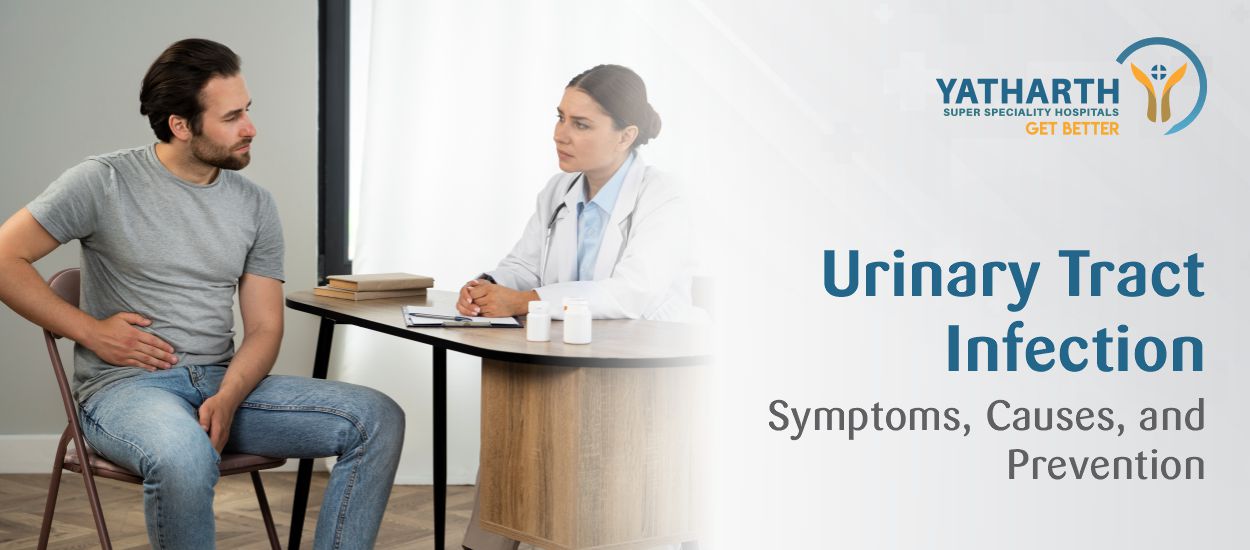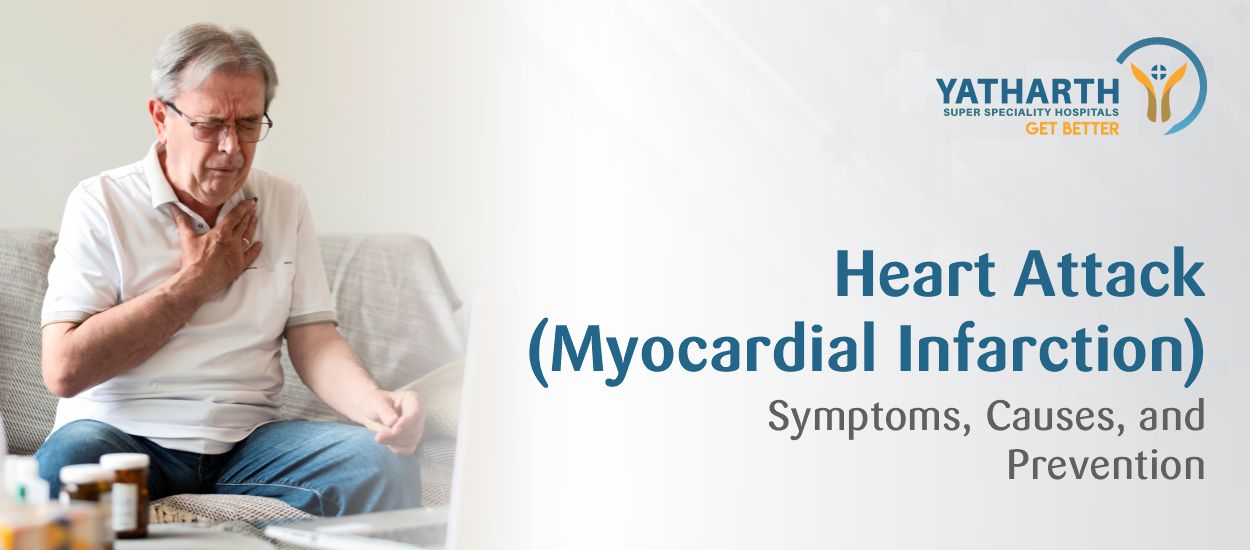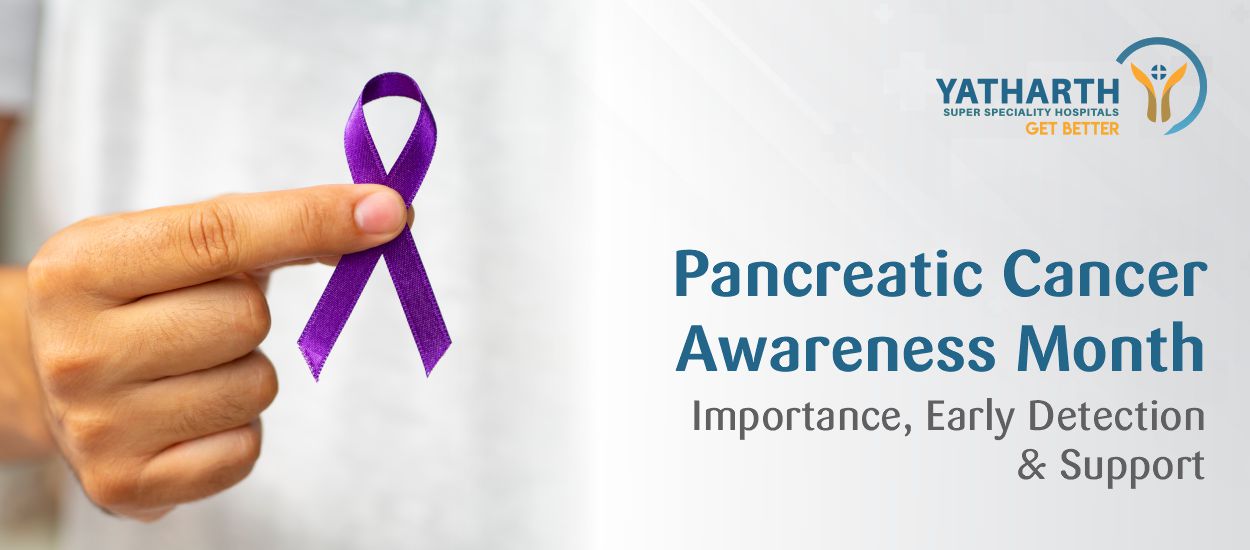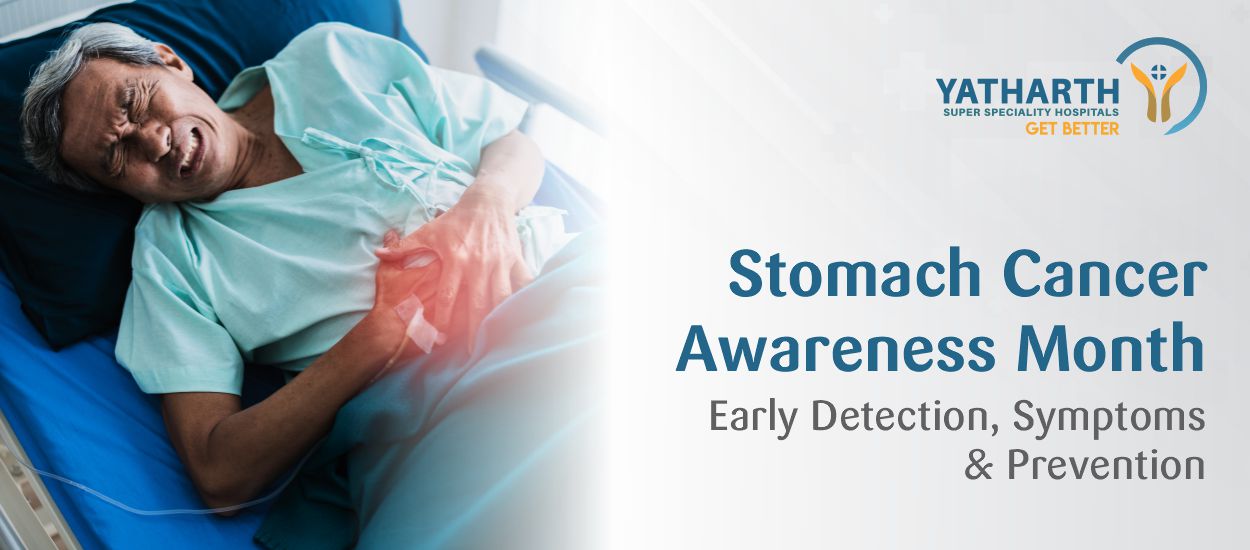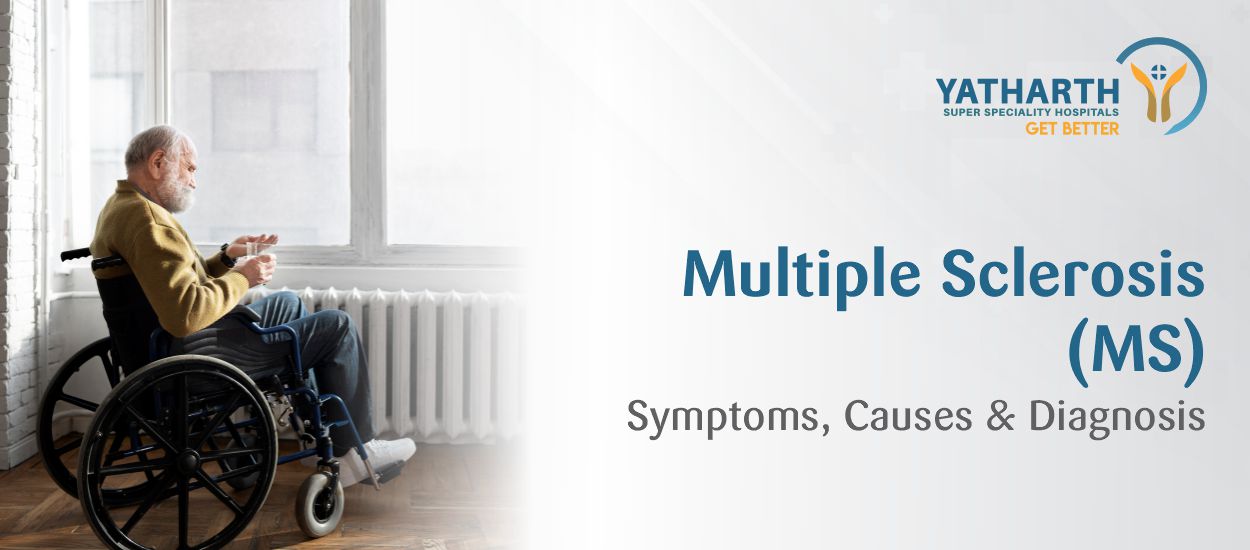Overview
A drug treatment using powerful chemicals, chemotherapy kills fast-growing cancer cells in the body. Such cells grow more speedily, multiplying faster than normal cells. Popularly known as ‘chemo’, here different drugs are used either singly or in combination to treat various cancers. Chemotherapy could also be used as the sole treatment for cancer or combined with other alternatives such as surgery, targeted therapy, radiation therapy, biotherapy, endocrine therapy, or immunotherapy.
Deciding how it’s used depends mainly on the stage and type of cancer. Cancers where chemotherapy is used as the primary treatment include lung cancer, breast cancer, colorectal cancer, lymphoma, leukaemia and ovarian cancer.
Chemotherapy may be recommended before and/or following another treatment. For instance, chemo may be used before surgery in breast cancer to shrink the tumour, if possible. The same patient could benefit by having chemotherapy after surgery, so cancer cells that survived the operation are destroyed.
Varied Reasons for Chemotherapy
Chemotherapy can be used in various situations for people with cancer:
- Curing cancer without using other treatments: Here, chemotherapy remains the sole or primary cancer treatment.
- Eliminating hidden cancer cells following other treatments: Some cancer cells may survive in the body even after surgery or other treatments. Termed adjuvant therapy, oncologists use chemotherapy to kill these remaining cells.
- Preparing patients for other treatments: By using chemotherapy to shrink a tumour, other treatments, such as surgery and radiation, are possible. This is named neo-adjuvant therapy.
- Easing signs and symptoms: By eliminating some cancer cells through chemotherapy, cancer signs and symptoms may be relieved. This is referred to as palliative chemotherapy.
Using Chemotherapy for Other Conditions
Some chemotherapy drugs are also useful in managing other conditions. These include:
- Bone marrow disease: Disorders affecting blood cells and the bone marrow could be treated via a bone marrow transplant, also called stem cell transplant. Chemotherapy is useful in preparingpatients for bone marrow transplants.
Understanding the Risk of Side Effects
While chemotherapy is effective in treating several kinds of cancer, the treatment has side effects. Though some may be mild and treatable, others could cause severe complications. Each drug comes with diverse side effects, but every drug won’t cause every side effect. Your medical oncologist is best placed to disclose the side effects of specific drugs you take.
Common chemotherapy side effects may include nausea, vomiting, diarrhoea, hair loss, fatigue, fever, loss of appetite, mouth ulcers, pain, constipation, bruising easily and bleeding. Many side effects are preventable or treatable,and most subside once the treatment concludes.
Side Effects that Last Long and Develop Late
However, some side effects won’t manifest until several months or years after the treatment ends. These late side effects could vary depending on the drugs used and may include heart problems, damage to the lung tissue, infertility, nerve damage, kidney problems and the risk of a second cancer. The oncologist will clarify if there is a risk of any late side effects. You should also inquire about the signs and symptoms to watch out for that indicate a potential problem.
Preparing for the Procedure
Chemotherapy preparation will depend on the drugs used and how they are administered. The medical oncologist will offer precise instructions on how you should prepare for chemo sessions. This may include:
- Having a device inserted surgically for intravenous therapy: If chemotherapy is given intravenously (via a vein),the doctor may recommend using a catheter, pump or port. This device will be implanted surgically into a large vein, generally in the chest,to inject the drugs.
- Undergoing tests and procedures so your body is ready for chemotherapy: Blood tests will check liver and kidney functions,while heart tests will determine heart health and reveal whether your body is ready for chemotherapy. If a problem exists, the doctor could delay your treatment or choose a different drug and dosage thatis safer.
- Planningfor side effects: Speak with your doctor regarding the possible side effects during and after chemo so appropriate arrangements can be made. For example, if chemotherapy treatment can cause infertility, consider the options for preserving your sperm or eggs for use in future. If chemotherapy could trigger hair loss, planhow you will cover your head with a wig or another alternative.
- Arranging help at the home and office: Most chemo sessions will be at acancer outpatient clinic.This means you could continue working and doing your usual activities during the therapy. The doctor could guide you about how much the chemo could impact your regular activities.Yet, it is tough to predict precisely how youwill feel.Once the details of your chemotherapy sessions are clear, you can decide whether arrangements must be made for your work, children and other obligations.
Preparing for the First Session
Check with the doctor or nurses on how to prepare for your first chemotherapy session. Ensure you have adequate rest before going for your first therapy session. In case the medications could cause nausea, it’s best to consume a light meal before the therapy.
While most people could drive to therapy sessions, the medications could make one feel sleepy the first time or have other side effects, making driving difficult. Therefore, a family member or close friend must accompany you for the first treatment.
How the Drugs Are Administered
As stated earlier, the drugs can be given intravenously. They could also be given as an injection. Some drugs may be taken in the form of pills or capsules. In skin cancer, gels or creams with chemotherapy drugs are applied to the skin. Chemo drugs could also be administered directly to the abdomen, chest cavity, etc., depending on where the cancer is located.
Additionally, the drugs may be administered directly to the cancer area, be it intravesical, intramuscular, subcutaneous, or intrathecal, or, once the surgery is done, to the site where it was earlier located. To elaborate, slim disk-shaped wafers with chemo drugs could be put near a tumour during surgery. Over time, the wafers slowly break down, releasing the drugs. Or the drugs could be injected directly into an artery or vein that feeds a tumour.
Frequency and Location of Chemotherapy Sessions
The medical oncologist will decide the frequency of chemotherapy sessions based on the drugs given, the cancer’s characteristics and how well the body recovers following each session. Accordingly, treatment schedules may vary. It could be continuous or alternate between periods of therapy and rest so you can recover.
The place for chemotherapy sessions will depend on the situation. It could be in an outpatient therapy centre, in the medical oncologist’s office, in a cancer hospital or at home if a person is taking chemo pills.
The Outcome
The medical oncologist will keep checking for side effects, as many can be controlled. According to your situation, you may need to also have scans and other tests done to monitor the cancer during therapy sessions. The tests will provide an idea about how the cancer is responding to the therapy, which will be adjusted as required. In most cases, chemotherapy is useful in relieving symptoms caused by advanced cancer, which helps in improving your quality of life. With a terminal condition like cancer, chemotherapy offers a strong ray of hope for leading a relatively normal life.
